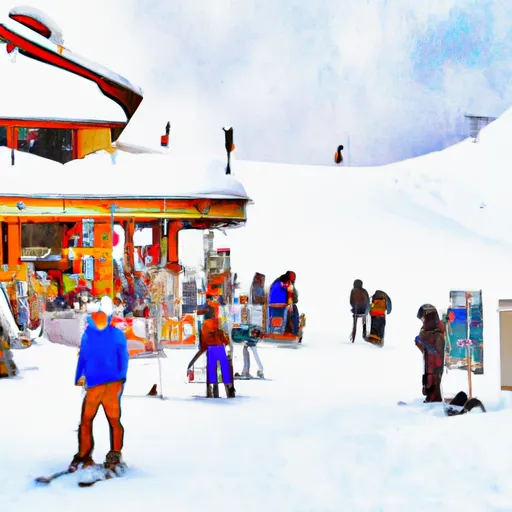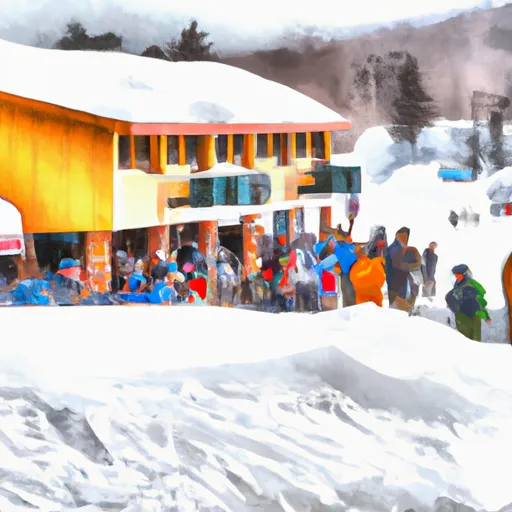WISCONSIN SNOW REPORT
Last Updated: January 2, 2026
Snowpack levels across the state are currently 100% of normal. The deepest snowpack in Wisconsin was last observed at Land O Lakes with a snowpack depth of 23”, about 209% of normal when compared to it's 11" average depth for this time of year. Wisconsin's snowscape remains relatively stable, with northern regions witnessing the thickest snowpack, reaching up to 23 inches in areas like Rest Lake and Upson. The next five days forecast minimal snowfall, with most locations expecting an inch or less, promising calm winter conditions for the state.
Wisconsin Snowpack Map
Explore real-time snowpack depths across Wisconsin.
Wisconsin Ski Area Forecast
Next 5 Days
-
 Alpine Valley Resort
2"
Alpine Valley Resort
2"
-
 Bruce Mound Ski Area
4"
Bruce Mound Ski Area
4"
-
 Camp 10
8"
Camp 10
8"
-
 Cascade Mountain
4"
Cascade Mountain
4"
-
 Christie Mountain Ski Area
6"
Christie Mountain Ski Area
6"
-
 Christmas Mountain Village
4"
Christmas Mountain Village
4"
-
 Devil's Head Resort
4"
Devil's Head Resort
4"
-
 Fox Hill Ski Area
4"
Fox Hill Ski Area
4"
-
 Granite Peak
8"
Granite Peak
8"
-
 Hardscrabble
6"
Hardscrabble
6"
-
 Kettlebowl
10"
Kettlebowl
10"
-
 Little Switzerland
4"
Little Switzerland
4"
-
 Mount Ashwabay
8"
Mount Ashwabay
8"
-
 Mt. Lacrosse
2"
Mt. Lacrosse
2"
-
 Navarino Hills
6"
Navarino Hills
6"
-
 Sunburst Ski Area
6"
Sunburst Ski Area
6"
-
 The Mountain Top At Grand Geneva Resort
2"
The Mountain Top At Grand Geneva Resort
2"
-
 Trollhaugen Ski Area
4"
Trollhaugen Ski Area
4"
-
 Tyrol Basin
2"
Tyrol Basin
2"
-
 Wilmot Mountain
2"
Wilmot Mountain
2"
Wisconsin Snow Report FAQs
How often is this report updated?
Daily from SNOTEL and NOAA sources.
What are snowpack levels in Wisconsin like right now?
Snowpack levels across Wisconsin are approximately 100.0% of normal compared to previous years.
Where is it coldest in Wisconsin right now?
Hurley is experiencing frigid temperatures of 7°.
Where in Wisconsin will get the most snowfall this week?
Bayfield Fish Hatchery is expected to receive up to 3" of more snowfall over the next 5 days.
Where is the most snow in Wisconsin today?
Currently at Land O Lakes with 23".
